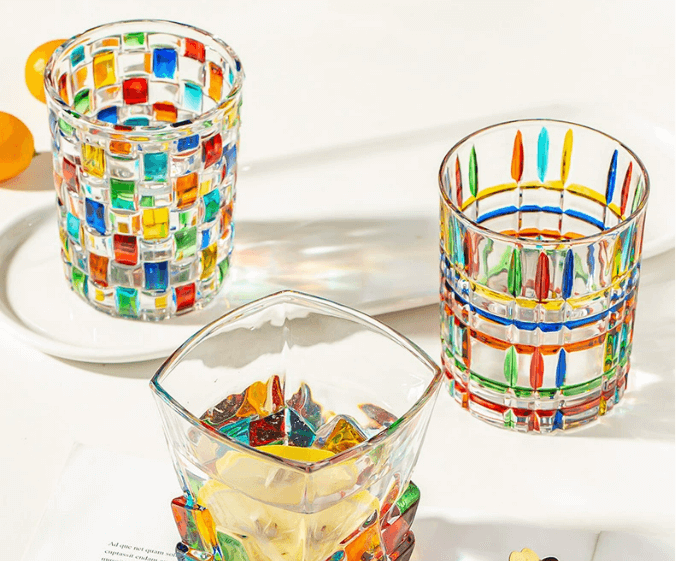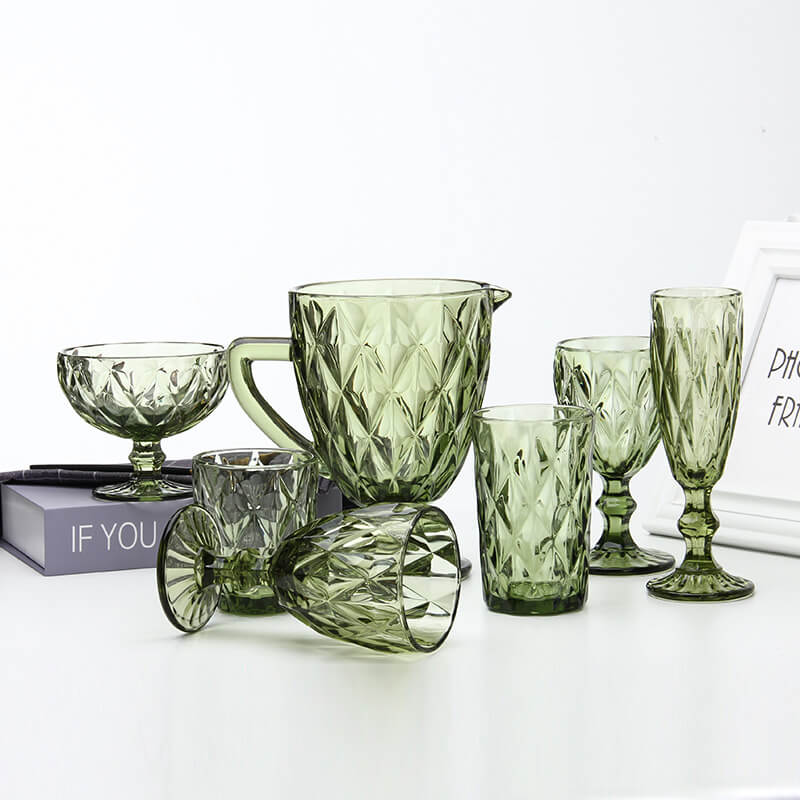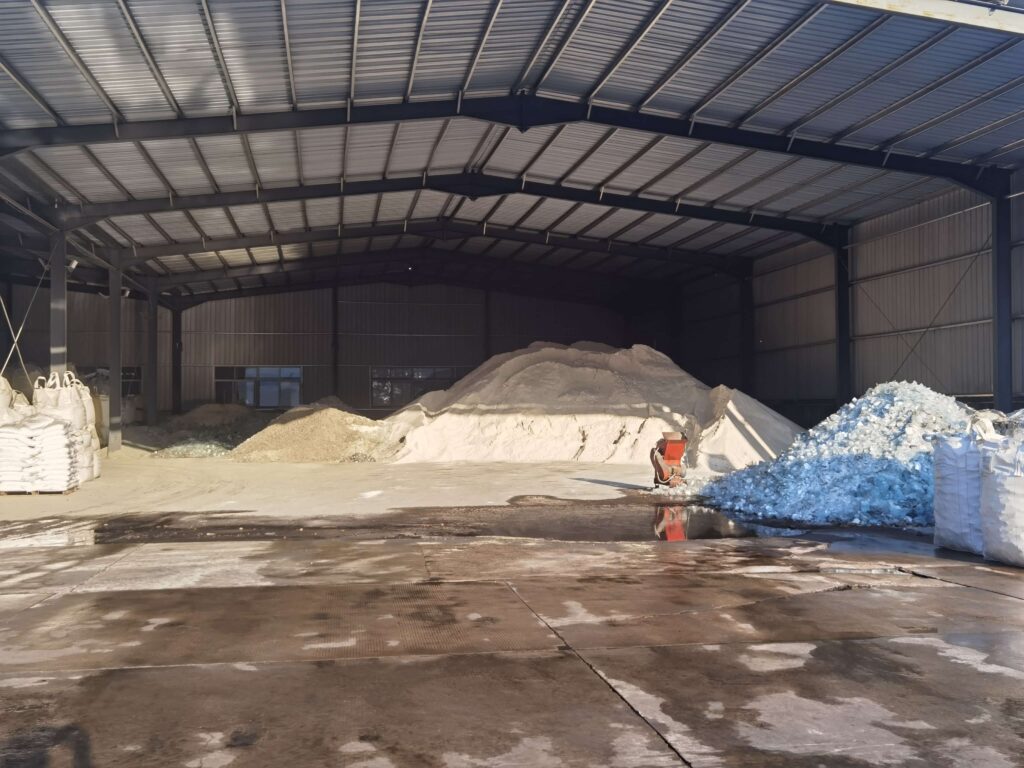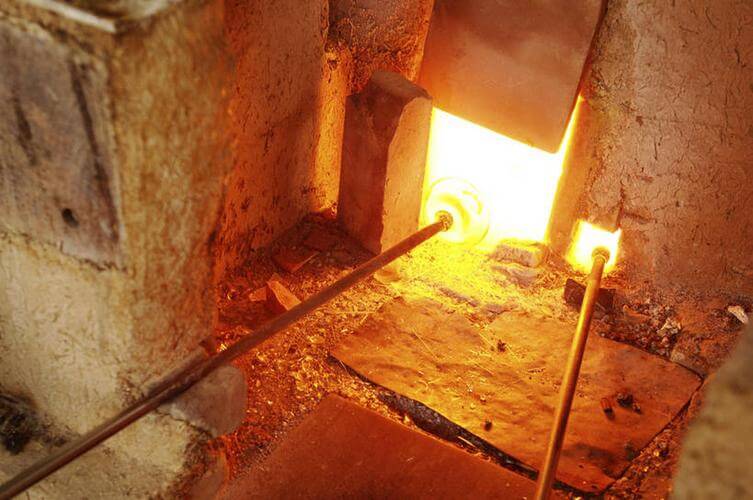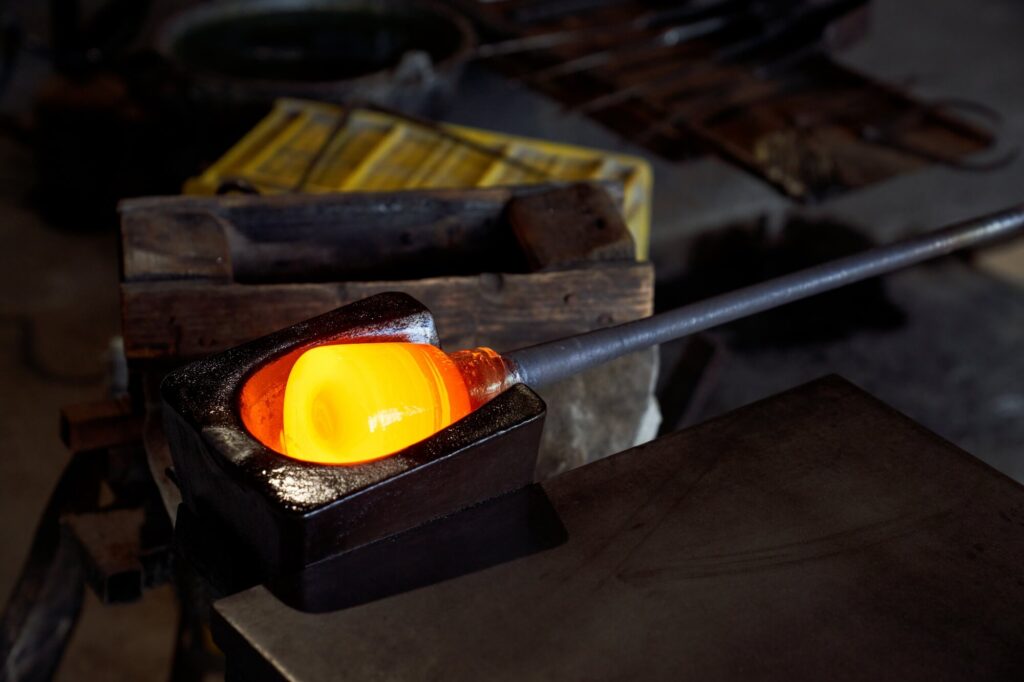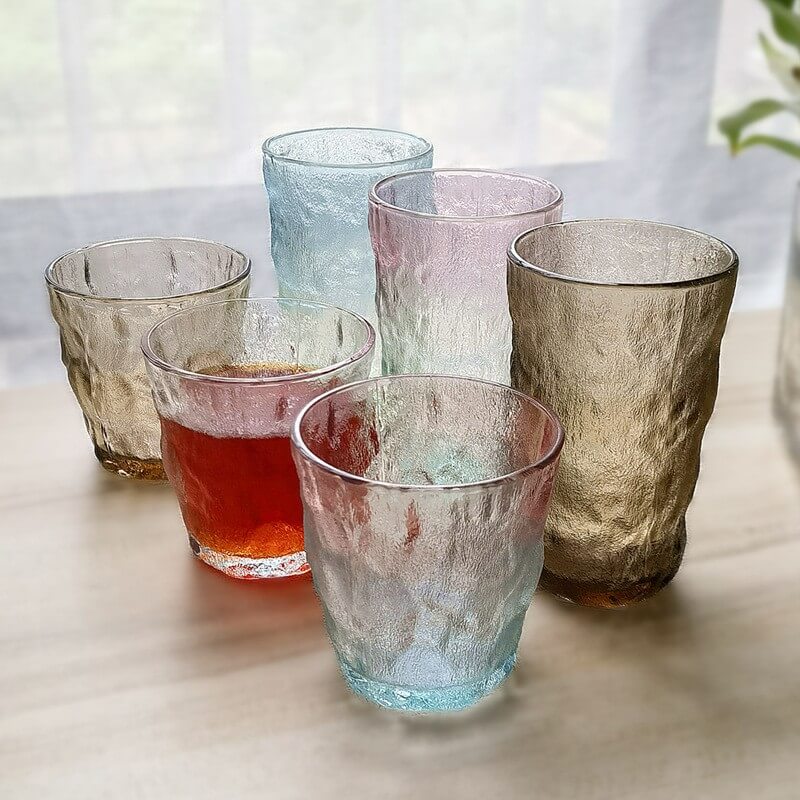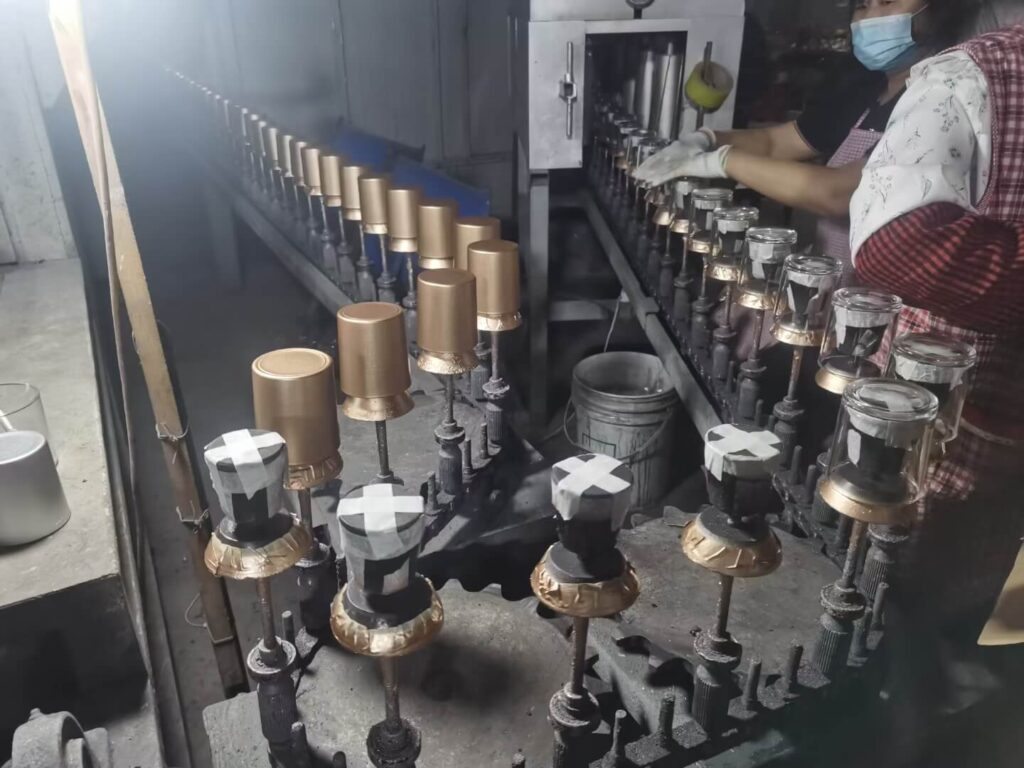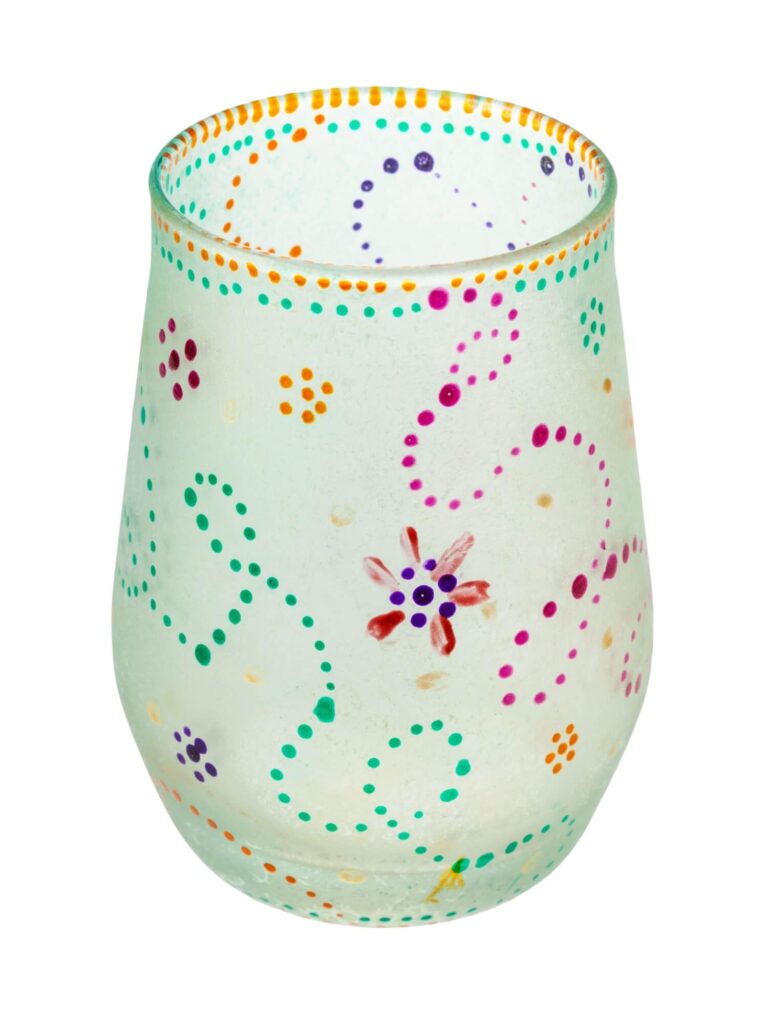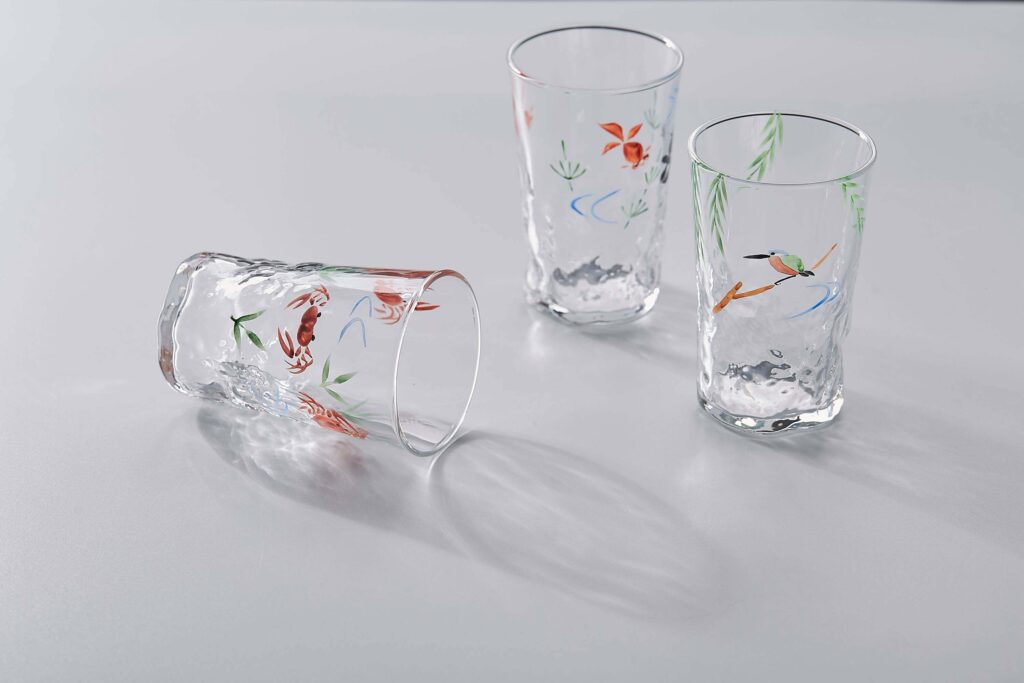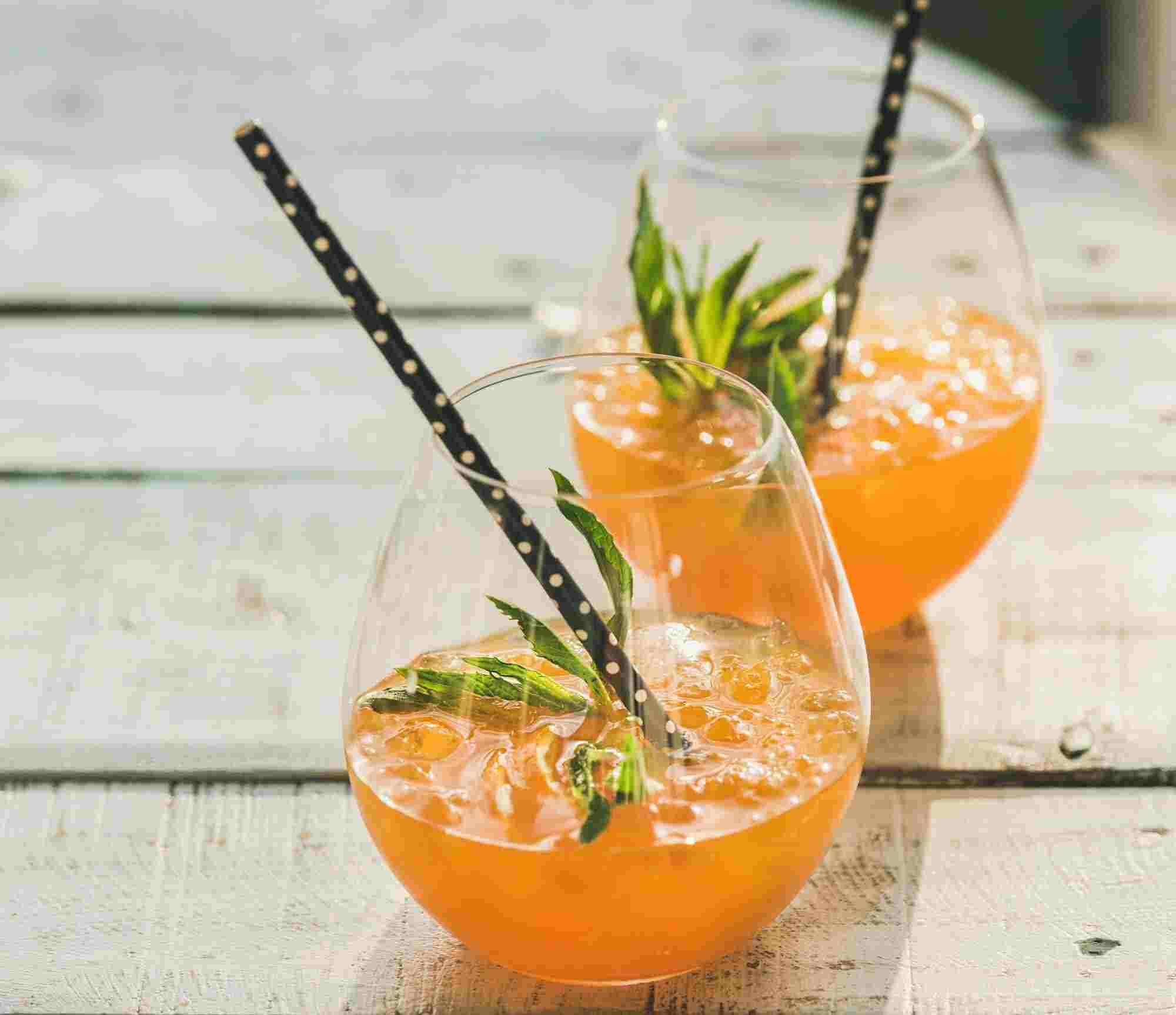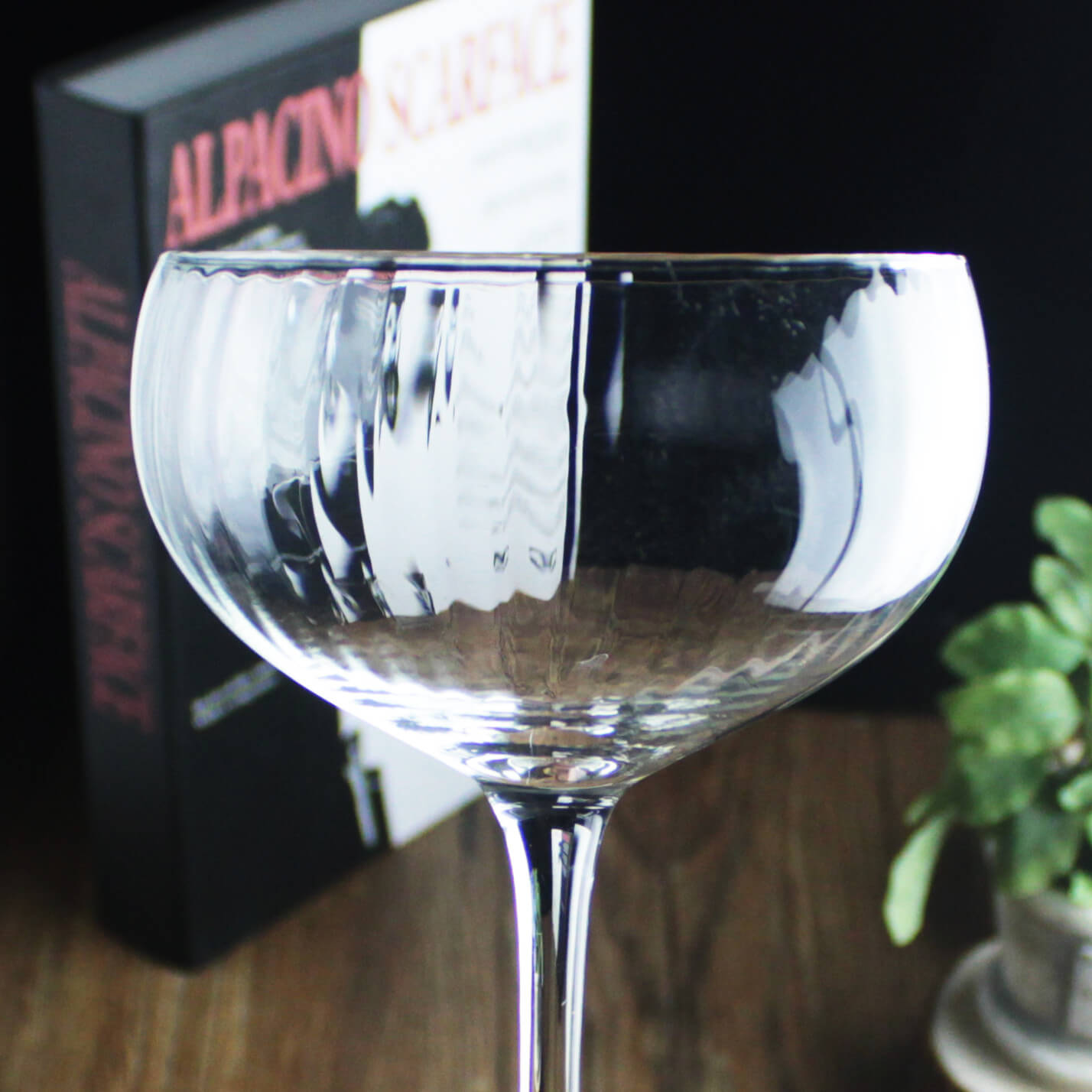Produce Colored Glasswares In Large Quantity
To catch end-users’ eyes, the glassware factories are always finding ways to produce glasswares in various styles, as well as colors. It is one of the glassware decorations. Generally speaking, there are three main methods of coloring glassware: colored glass material, spray coloring and hand painting.
In this article, we will describe these 4 methods and show the whole process step by step. Also, some cautions you need to know which are related to quality-control.
source: lida
Introduction to Colored Glassware in B2B Market
The Demand and Appeal of Colored Glassware Colored glassware has long captured the fascination and interest of many, bringing both aesthetic appeal and functional value. In the business-to-business (B2B) market, the demand for colored glassware is soaring, particularly because of its diverse applications.
Whether it’s for restaurants looking to elevate their table settings, gift companies offering customized products, or retailers selling beautiful home décor, colored glassware adds a touch of elegance and uniqueness that’s hard to ignore. Its versatility in design, shape, and color has made it a popular choice across various industries, and its usage is only growing.
Who Needs Colored Glassware: Identifying the Target Market The market for colored glassware is extensive, catering to a wide array of businesses. Importers and wholesalers often find these products lucrative, as they cater to a broad clientele, including:
- Restaurants and Hospitality Industry: For enhancing dining experiences.
- Gift Shops and Corporate Gift Companies: Offering personalized and themed glassware.
- Customization Firms: Providing bespoke solutions for special events and branding.
- Retailers: Selling trendy and appealing colored glassware to consumers.
Understanding the specific needs of these businesses and aligning the products accordingly is crucial for success. Whether it’s providing unique designs, maintaining quality, or ensuring timely delivery, knowing the target market’s preferences is key.
Meeting Business Needs: Large-scale Production Techniques When it comes to producing colored glassware in bulk quantities, adopting efficient and cost-effective production techniques is essential. The mass production of colored glassware requires precise planning, the right technology, and skilled labor.
There are various methods to create colored glassware, such as colorant glass, automated spray coloring, electroplating, and hand painting. Each technique has its unique process, considerations, and potential quality issues.
Choosing the right method depends on several factors, including the desired appearance, functionality, budget constraints, and specific customer requirements. Having a well-structured production line and investing in quality control measures are vital to meet business needs and to stand out in the competitive B2B market.
Method 1: Materials For Colored Glasswares
source: lida
Colored glasswares art is made from glass as the foundation, using colored powder and other materials, and is created through several special processing steps.
1- Mixing glass raw materials. The main task of this step is to mix the glass materials evenly, making it into a fluid state, and then adding the required pigments, adjusting the color according to need for making colored glass. Usually, this combination of glass materials is done with a machine called a glass melting furnace, but manual stirring can also be used.
Melting, the prepared raw materials will be heated at high temperature to form a uniform bubble-free glass liquid. This is a very complex physical and chemical reaction process. Glass is melted in a furnace. There are two main types of furnaces: one is a crucible, in which the glass material is contained in the crucible and heated outside the crucible.
source: lida
2- Forming. Forming is the transformation of molten glass into solid products with a fixed shape. Forming can only be carried out within a certain temperature range, which is a cooling process, in which glass first changes from viscous liquid to plastic state, and then to brittle solid state.
source: lida
By Blowing: Using a Ni-Cr alloy blow pipe, pick a ball of glass in the mold while turning and blowing.
By Pressing: Picking a lump of glass, cut it with scissors to make it fall into the concave die, and then press it with a punch.
3- Annealing. It is a vital process in glassmaking used to eliminate or reduce thermal stresses that occur during forming. Without this step, glass might crack during cooling or later in storage, transportation, or use, known as “cold burst.” Annealing involves maintaining or slowly cooling the glass at specific temperatures, ensuring its integrity and stability, thus preventing unexpected breakage. It’s an essential step for creating resilient and reliable glass products.
source: lida
4- Cutting and Polishing: Final shaping and finishing touches are made through cutting, grinding, and polishing to achieve the desired appearance.
Potential Issues and Solutions
1- Color Inconsistency: This could arise from improper mixing or uneven heating. Solution: Regular monitoring and precise control of temperature and mixing.
2- Cracking or Breakage: May occur if cooling is not controlled. Solution: Implementing proper annealing processes.
Method 2: Spray Coloring (Automated Spray Coloring Production Line)
source: lida
Glassware color spraying is a complex process that consists of five steps:
- Pre-treatment Equipment: This stape enhances the adhesion of the workpiece, comprising pre-degreasing, main degreasing, and surface conditioning. Maintaining stable indoor temperature during operation is crucial.
- Preheating Treatment: It further strengthens the adhesion by reaching a specific temperature in the spray booth.
- Glass Cup Dust Blowing & Purification Equipment: This step ensures a clean work environment. It can be skipped in a dust-free room, as any dust on the glass can lead to a sandy texture on the sprayed surface, causing unevenness.
- Spraying Equipment: Hand spraying requires skilled workers, but most factories now use robotic spraying. Robots are more reliable but still require careful inspection for missed spots that may need touch-ups.
- Paint Drying: Before drying, the paint goes through a leveling stage, usually baked in an oven for an hour at 180-200°C. This final step ensures that the surface is smooth and the paint is properly adhered to the glass.
Potential Issues and Solutions
- The spray gun is not well-adjusted, resulting in uneven coloring on the glass cup.
- The glass cup has dust, leading to protruding dust spots on the body of the cup.
- The glass cup itself is fogging up.
- The proportion of hardener in the paint mixture is insufficient, causing poor color adhesion.
Method 3 : Hand Painting
Hand-painting is a traditional coloring technique, where patterns are manually drawn on the surface of glass products and then fired at high temperatures to set. The process of crafting hand-painted glass cups involves the following steps:
- Prepare the Glass Cup: This is the canvas for hand-painting, and its quality and shape determine the final effect.
- Design the Pattern: The core of hand-painting, the design must align with the glass cup’s shape and features, and have artistic value and cultural meaning. Multiple revisions and refinements may be required to achieve the final effect.
- Paint the Pattern: A key step in hand-painting, it requires meticulous hand-drawing on the glass surface. A layer of transparent glaze is applied to protect the pattern from damage.
source: lida
- Fire the Glassware: The last step is to place the painted glassware into a high-temperature kiln for firing, to harden it and form a glazed surface.
This process creates uniquely beautiful glassware with the charm and warmth of hand-crafted artistry.
Potential Issues and Solutions
The drawback of the hand-painting technique lies in its higher cost. Manually drawing patterns requires a high level of skill and experience, which consequently leads to a relatively higher production cost.
Conclusion
I hope this guide proves useful for your business operations, making the process of creating beautiful colored glasswares smooth and efficient. Feel free to share it with your team and collaborators!
Reference Research
Personalized Stemless Wine Glasses – The Full Manufacturing Process You Should Know


